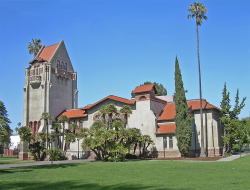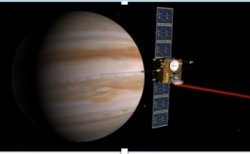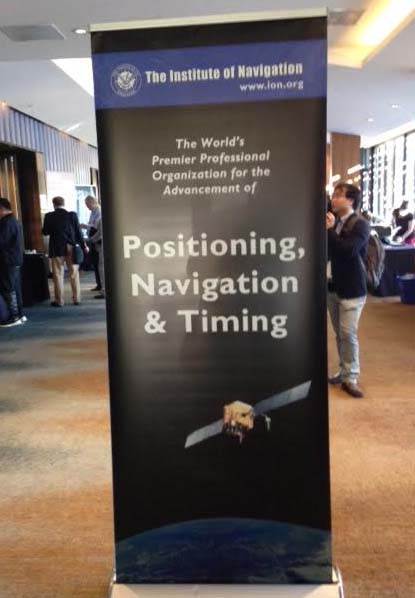Galileo, EGNOS Network Use Demonstrating Improved Train Control in Parts of Europe
With a goal of higher rail safety, modernization of local lines, lower costs and improvement of performance for 28,000 kilometers of lines in Europe, the European project ERSAT EAV has been evaluating the adoption of the European satellite system for the local rail networks.
By Inside GNSS













